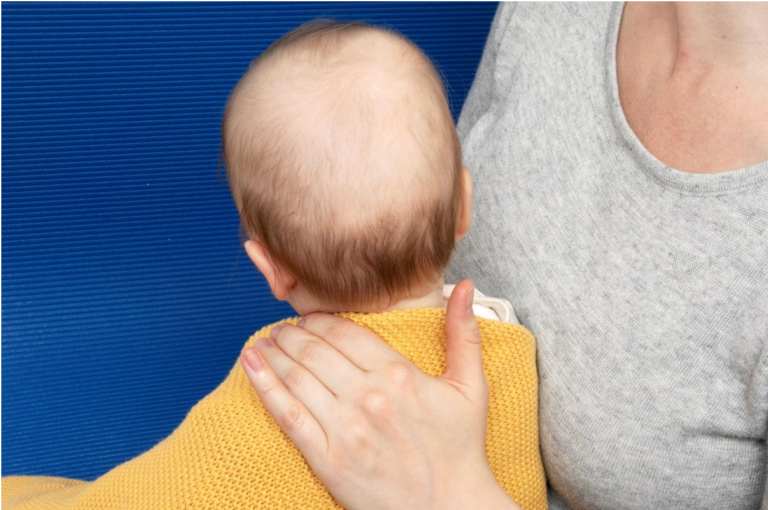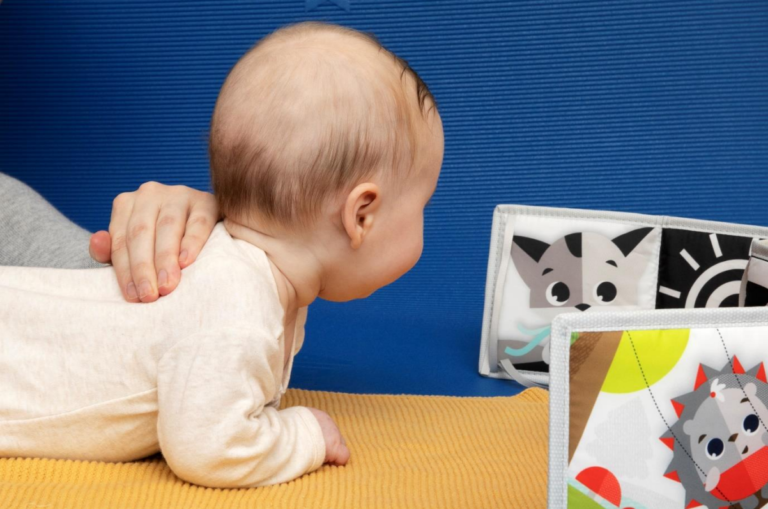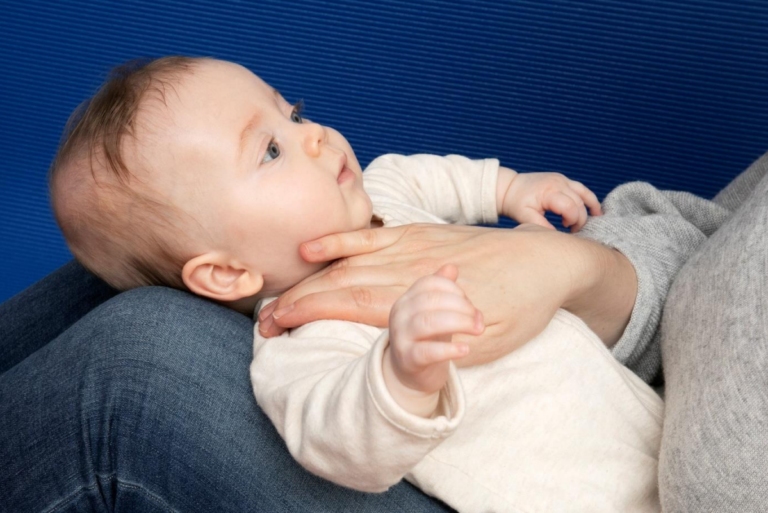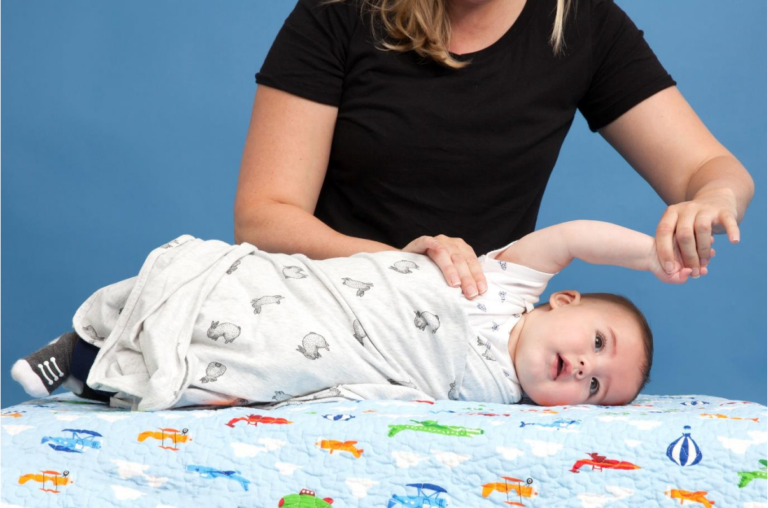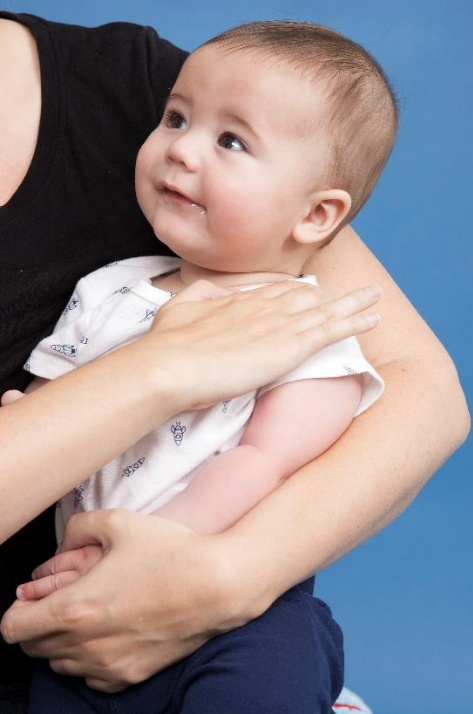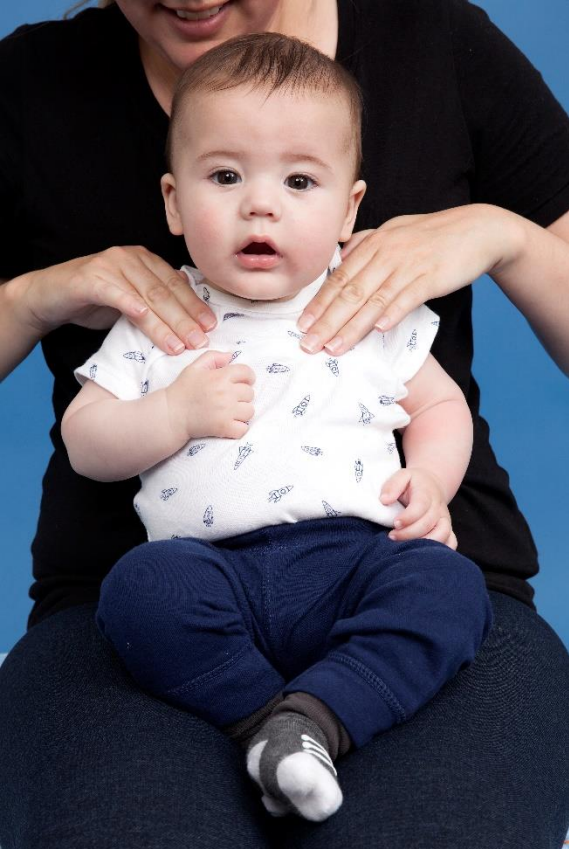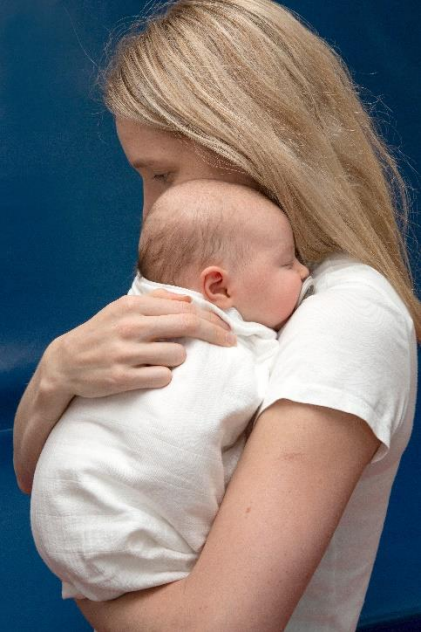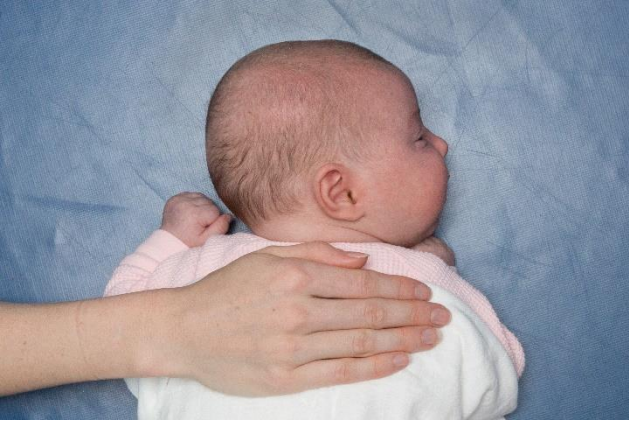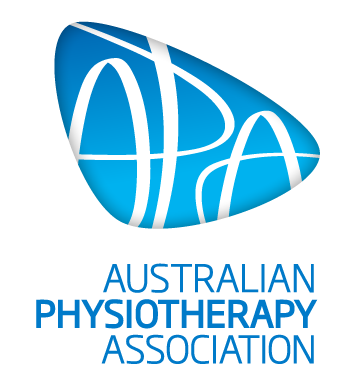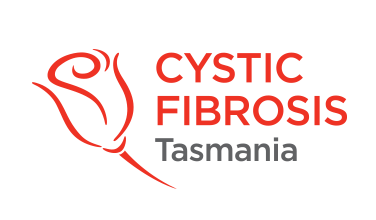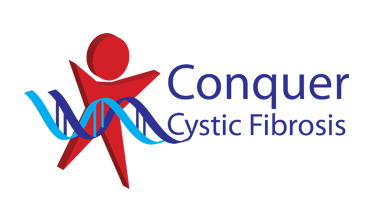Airway Clearance
Airway clearance is encouraged to be incorporated into everyday family life. It is important to work together with your physiotherapist to decide what works best for you and your child.
Your physiotherapist will introduce different treatment techniques as your child develops. Initially, this may be positioning and manual techniques (patting of the chest) which can be done daily and at a time that works for you and your baby. There is more information below on this.
As your baby grows there will be different ways to look after your child’s lungs. Airway clearance can be fun, combined into play routines, games, and physical activity. Just like introducing teeth brushing with your child, starting airway clearance as a habit, but one that can be made fun, and can still be effective.
There are some helpful links in this section to a variety of airway clearance devices and techniques that your physiotherapist may introduce to you and your child when the time is right. Use these resources if you are unsure, or want to be reminded of the technique.
Just like brushing our teeth, airway clearance is encouraged every day. Your child might not need to cough during the session, they may not even experience any changes in their breathing and that is ok. The treatment is still helpful and doing something regularly will help maintain healthy lungs.
When you clean your teeth you don’t see large chunks of plaque fall into the sink, but if you don’t clean your teeth regularly then when you visit the dentist they can see gradual damage over time.
Airway clearance is the same for your child’s lungs. It is a daily clean of the airways to keep the bugs away.
Here are some suggestions you might try to introduce airway clearance whilst also helping your child become more aware of their breathing and their lungs:
- Blowing bubbles in the bath
- Blowing bubbles with a bubble wand
- Use party blowers, whistles, or musical toys like a recorder to help them practice breathing in and out at different levels
- Bath PEP – once your child has learned to blow out your physiotherapist might introduce bath PEP to help your child to blow out against resistance which will help their airways
- Bubble PEP – once your child can blow out in the bath and is not sucking in the water, your physiotherapist may introduce Bubble PEP and start introducing more structured treatment sessions with cycles of breathing with the device.
Try to make it fun, have music on, play outside, or laugh, and do it regularly.
Positioning and manual techniques
This technique allows you to position your baby to allow gravity to assist with the movement of mucus in the lungs, and you can perform percussion (chest clapping).
Sustained head-down tilt positions (with the head lower than the rest of your body) should always be avoided no matter what age your baby/child is. This position if held for too long can cause reflux (gastro-oesophageal reflux: GOR) and this can cause damage to your airways.
Your baby is supported in different positions whilst you perform the percussions. Your physiotherapist will show you appropriate positions for you to use for your child. Examples of these positions are provided in the images below.
If you are using positioning and manual techniques, position yourself so you can watch your child’s face. This helps you watch for any changes in their breathing or any discomfort they might show. If you are the person delivering the manual techniques make sure you look after your posture. Percussion (or as it is sometimes called chest clapping/tapping/pats) should never be uncomfortable and should be done over a thick layer of clothing or using a towel to avoid any discomfort. The hand is held in a cupped position with relaxed wrists and shoulders. The clapping frequency produces vibrations through the chest wall. This helps to mobilise mucus in the airways. You may start with just using 2-3 fingers patting the chest, or using a percussor, depending on the age and size of your child. The baby is supported in different positions while performing percussions to help target different parts of the lungs. In toddlers or larger babies, percussion can be performed using one hand, or two depending on the size of the child’s chest wall.
With the regular change of positions and the potential for coughing when performing percussion there is a risk of causing reflux or vomiting in children. It is recommended to perform percussion prior to feeding or at least 30-45 minutes post-feeding.
Once your child is older and likes to play with toys, you can set them up in each position with toys to keep them distracted while in each position. When old enough you can incorporate blowing games or singing during percussions to mimic deep breathing.
The videos below provide some examples of incorporating daily physiotherapy in the home. With some helpful tips and tricks, and demonstrations, on how to create daily routine, fun, distraction, and treatment.

